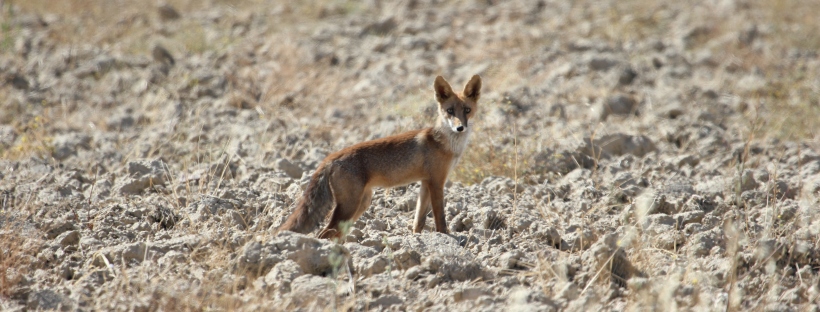Based on the Woodland Carbon Code calculator I estimated the carbon sequestration (measured in tonnes of carbon per hectare) of 3 afforestation scenarios: The orange line represents fast-growing coniferous woodland (Sitka Spruce) The green line represents planted native broadleaved woodland (Birch) The brown line represents naturally-regenerated broadleaved woodland (also Birch) The yield classes (14 for … Continue reading Smallprint: woodland carbon
GB land cover map
Inspired by this, I made this: Here's how, in brief: Basic land cover areas are from LCM2015 (the gridded 1-km product). I've summed up the area of all land covers, excluding Northern Ireland (sorry) and saltwater and coastal land covers. I've combined some of the land cover categories (lumping e.g. semi-natural grasslands, as well … Continue reading GB land cover map
Tree planting and carbon
A few things I've read recently have got me thinking about the benefits of different methods of woodland creation. In particular, I'm interested in how hands-on planting stacks up against hands-off natural regeneration. Active planting has faced some criticism recently - do we really need all this soil disturbance, wooden stakes, plastic tubes, etc? Can't we … Continue reading Tree planting and carbon
Maximum sustainable yield?
Proponents of land sparing argue that nature needs space, largely separate from activities such as farming. This implies that farmland should occupy as small an area as possible, and that any 'environmentally-friendly' practices which reduce agricultural yields might backfire if they result in a larger area of farmland being required to meet demand for human nutrition. … Continue reading Maximum sustainable yield?
On herbivory
A couple of things I’ve read recently have got me thinking more about Britain’s ‘natural landscapes’ – what they might look like and how we might go about recreating them. The June issue of British Wildlife had two articles which each presented fairly convincing evidence that ‘open forest’ (or wood pasture) was likely the dominant … Continue reading On herbivory
Apocalypse Now
Words like 'apocalypse' and 'armageddon' have cropped up in a bunch of recent commentaries referring to the state of biodiversity in the British Isles (and further afield). I'm not sure whether these words are particularly effective in bringing people 'on-board' - they may even be counter-productive (see #conservationoptimism). But the data clearly show that we've seen, … Continue reading Apocalypse Now
Sparing & Sharing – video explainer
A quick post to share a short (4:35) video I made, as a quick explainer to land sharing & sparing. I made the cartoons with Inkscape, and the animations in PowerPoint. This is really just an experiment, in advance of a workshop I'm holding next month.
Defra’s 25 year vision – to spare or share?
The 3rd goal in Defra's 25-year plan includes a vision to create "500,000 hectares of wildlife-rich habitat outside the protected site network". Setting aside the significance of the phrase "outside the protected site network", a key question should be how these 50,000 hectares of new habitat will be configured. This represents something like 0.2% of … Continue reading Defra’s 25 year vision – to spare or share?
Predator control
With trepidation, I think my views on predator control are inconsistent. The ideal First - I want to see our landscapes restored, with functional trophic relationships (where apex predators keep generalist ones in check) and consolidated blocks of decent habitat (where vulnerable species can reach sufficient numbers that they're not in such desperate need of … Continue reading Predator control
Personne ne vit ici
You've probably seen those "Nobody lives here" maps, which show pixels (usually 1×1km) where nobody lives. It strikes me that these maps are totally scale-dependent. That is, any conclusion will depend on the the size of the 'grain' at which you ask whether anybody lives here. To illustrate this (or to get my head around why I … Continue reading Personne ne vit ici


